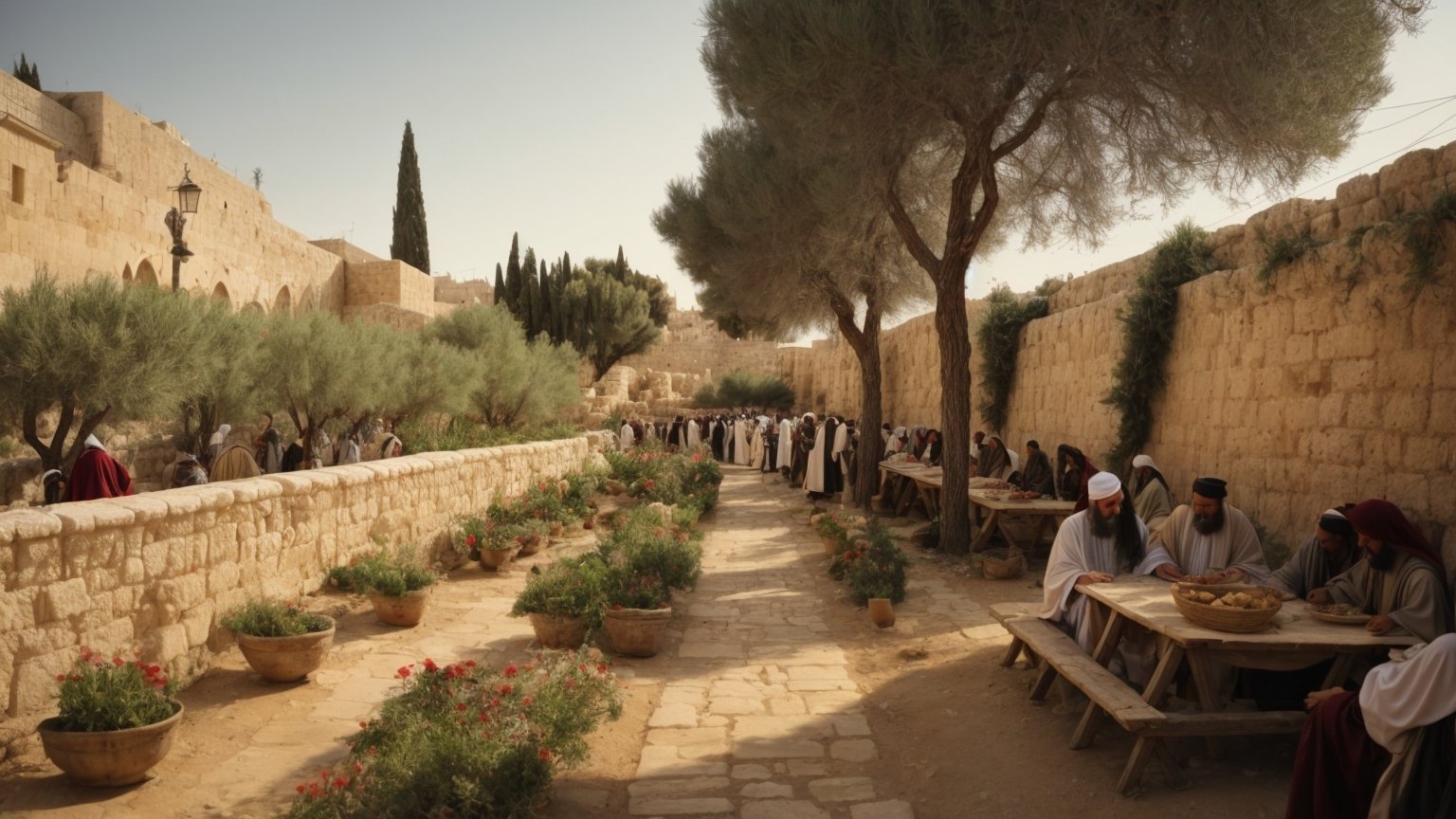Jesus the Traveler: Pilgrimage Beyond Galilee
Introduction:

The life of Jesus Christ, as documented in the New Testament, is often associated with the region of Galilee, where he conducted many of his teachings and performed miracles. However, a lesser-explored aspect of Jesus’ journey is his role as a traveler and pilgrim beyond the familiar landscapes of Galilee. This article delves into the lesser-known pilgrimage of Jesus, shedding light on his travels beyond Galilee and the profound spiritual lessons embedded in those journeys.
The Pilgrim’s Path:

While Galilee served as the backdrop for many significant events in Jesus’ life, his travels extended beyond this region, encompassing various destinations that played a crucial role in shaping his teachings and ministry. The Gospels depict Jesus as a pilgrim who embarked on transformative journeys, each contributing to the tapestry of his divine mission.
Journey to Jerusalem:

One of the most notable pilgrimages in Jesus’ life was his journey to Jerusalem. The city held immense religious significance, especially during festivals like Passover. Jesus’ pilgrimage to Jerusalem was more than a physical journey; it symbolized a spiritual pilgrimage towards the fulfillment of his destiny.
The Last Supper, the Garden of Gethsemane, and the eventual crucifixion unfolded in Jerusalem, underscoring the profound spiritual implications of Jesus’ pilgrimage. The journey to Jerusalem exemplifies the notion that the path to enlightenment often involves traversing unfamiliar terrain, both physically and spiritually.
Encounters on the Road:

Throughout his travels, Jesus engaged in meaningful encounters with individuals from diverse backgrounds. The Samaritan woman at the well, Zacchaeus the tax collector, and the disciples on the road to Emmaus are just a few examples of the transformative encounters that took place outside the confines of Galilee.
These interactions underline the universality of Jesus’ message and the inclusivity of his mission. By journeying beyond Galilee, Jesus demonstrated that his teachings were not confined to a specific region or group of people but were intended for all who sought spiritual awakening.
Teaching Through Travel:

Jesus utilized his travels as a platform for teaching profound spiritual truths. The parables of the Good Samaritan and the Prodigal Son, for instance, were imparted during journeys. The diverse landscapes became classrooms, and the encounters with people along the way served as powerful illustrations of compassion, forgiveness, and the transformative power of faith.
The lessons embedded in these travels resonate with people across time and cultures, emphasizing the enduring relevance of Jesus’ teachings beyond the historical context.
Conclusion:

Jesus, the traveler and pilgrim beyond Galilee, provides a rich tapestry of lessons that extend far beyond the geographical boundaries of his time. His journeys to Jerusalem, encounters on the road, and teachings through travel paint a portrait of a spiritual guide whose message transcends time and space.
As we reflect on Jesus’ travels, we are reminded that the path to spiritual enlightenment often involves stepping outside our comfort zones, embracing diversity, and recognizing the sacredness of every encounter. Jesus’ pilgrimage beyond Galilee challenges us to embark on our own journeys of self-discovery, compassion, and faith, with the hope of finding profound meaning in the diverse landscapes of our lives.




